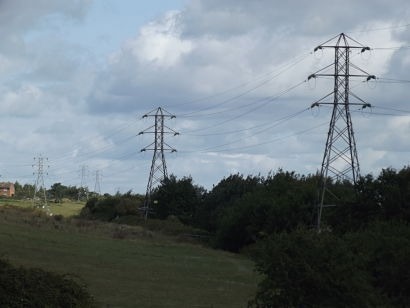
The standard helps electrical energy consumers participate in smart grid networks. It was published earlier this year by ASHRAE and the National Electrical Manufacturers Association (NEMA) and provides a provides a common basis for consumers to describe, manage, and communicate about electrical energy consumptions and forecast. This in turn facilitates information exchange between control systems and end-use devices, thereby supporting two-way flow of electricity. Facilities such as single-family houses, commercial buildings, and industrial buildings need this exchange ability in order to participate in smart grids.
The ISO/TC 205, Building environment design, unanimously approved the FSGIM standard on 17th November with a draft international standard ballot. Without any negative votes or comments to resolve, ISO will move the standard directly to publication as ISO 17800.
The development of the FSGIM standard began in 2010, led by Steve Bushby, chair of the Standard 201P committee, and it became SGIP’s Priority Action Plan 17. The American National Standards Institute (ANSI) approved the standard in early May 2016.
“For facilities to join smart grids, control systems need to manage those facilities’ loads and generation sources” said Aaron Smallwood, Vice President, Technology at SGIP. “To make that a possibility, SGIP has worked with industry leaders to define the key information that needs to be shared between electricity providers and consumers, resulting in the FSGIM standard.”
SGIP, ASHRAE, and NEMA anticipate the FSGIM to guide the development of other standards specific to control technologies. Anyone can find the standard, along with a User’s Manual, at the ASHRAE Bookstore online.
SGIP is a nonprofit industry consortium representing a cross-section of the energy ecosystem focusing on accelerating grid modernisation and the energy Internet of Things through policy, education, and promotion of interoperability and standards to empower customers and enable a sustainable energy future. Its members include utilities, vendors, investment institutions, industry associations, regulators, government entities, national labs, services providers and universities.
For additional information:

